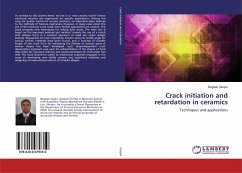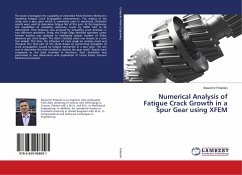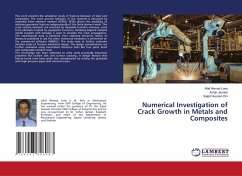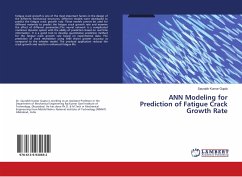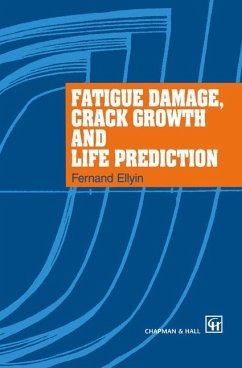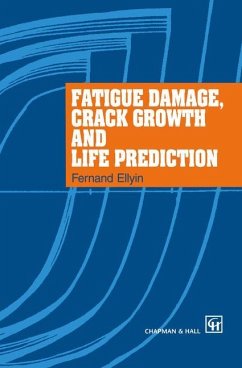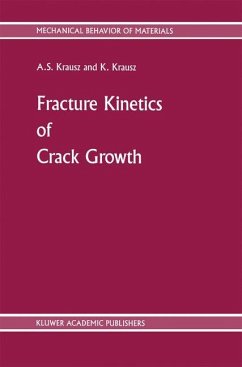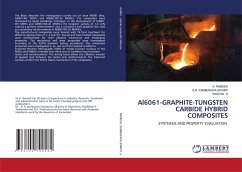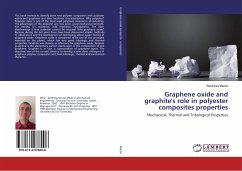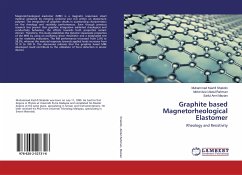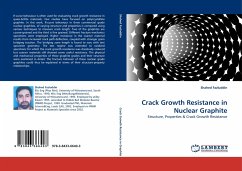
Crack Growth Resistance in Nuclear Graphite
Structure, Properties & Crack Growth Resistance
Versandkostenfrei!
Versandfertig in 6-10 Tagen
52,99 €
inkl. MwSt.

PAYBACK Punkte
26 °P sammeln!
R-curve behaviour is often used for evaluating crack growth resistance in quasi-brittle materials. Few studies have focused on polycrystalline graphite. In this work, R-curve behaviour in three commercial grade nuclear graphites, of varying structure and properties is compared using various techniques to measure crack length. Two of the graphites are coarse-grained and the third is fine grained. Different fracture mechanics specimens were employed. Higher resistance in the coarser material results from increased crack path deflection, coupled with stronger grain bridging traction. The bridging...
R-curve behaviour is often used for evaluating crack growth resistance in quasi-brittle materials. Few studies have focused on polycrystalline graphite. In this work, R-curve behaviour in three commercial grade nuclear graphites, of varying structure and properties is compared using various techniques to measure crack length. Two of the graphites are coarse-grained and the third is fine grained. Different fracture mechanics specimens were employed. Higher resistance in the coarser material results from increased crack path deflection, coupled with stronger grain bridging traction. The bridging zone length is found to vary with test specimen geometry. The test regime was extended to oxidized specimens for which the crack growth resistance was drastically reduced but coarser materials still showed some useful resistance. The physical and mechanical properties of these graphite grades and their structure were examined in detail. The fracture behavior of these nuclear grade graphitescould thus be explained in terms of their structure-property relationships.



